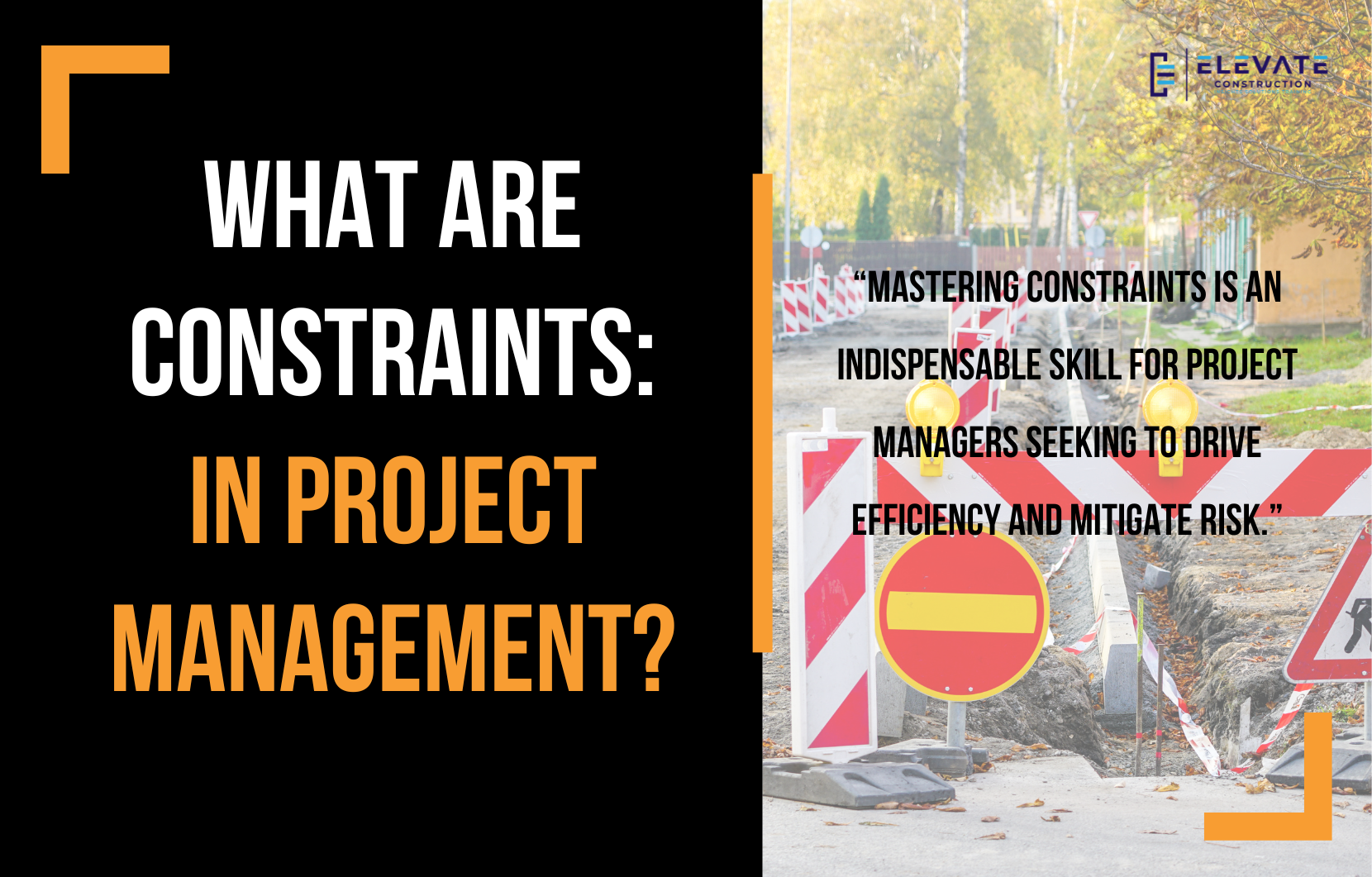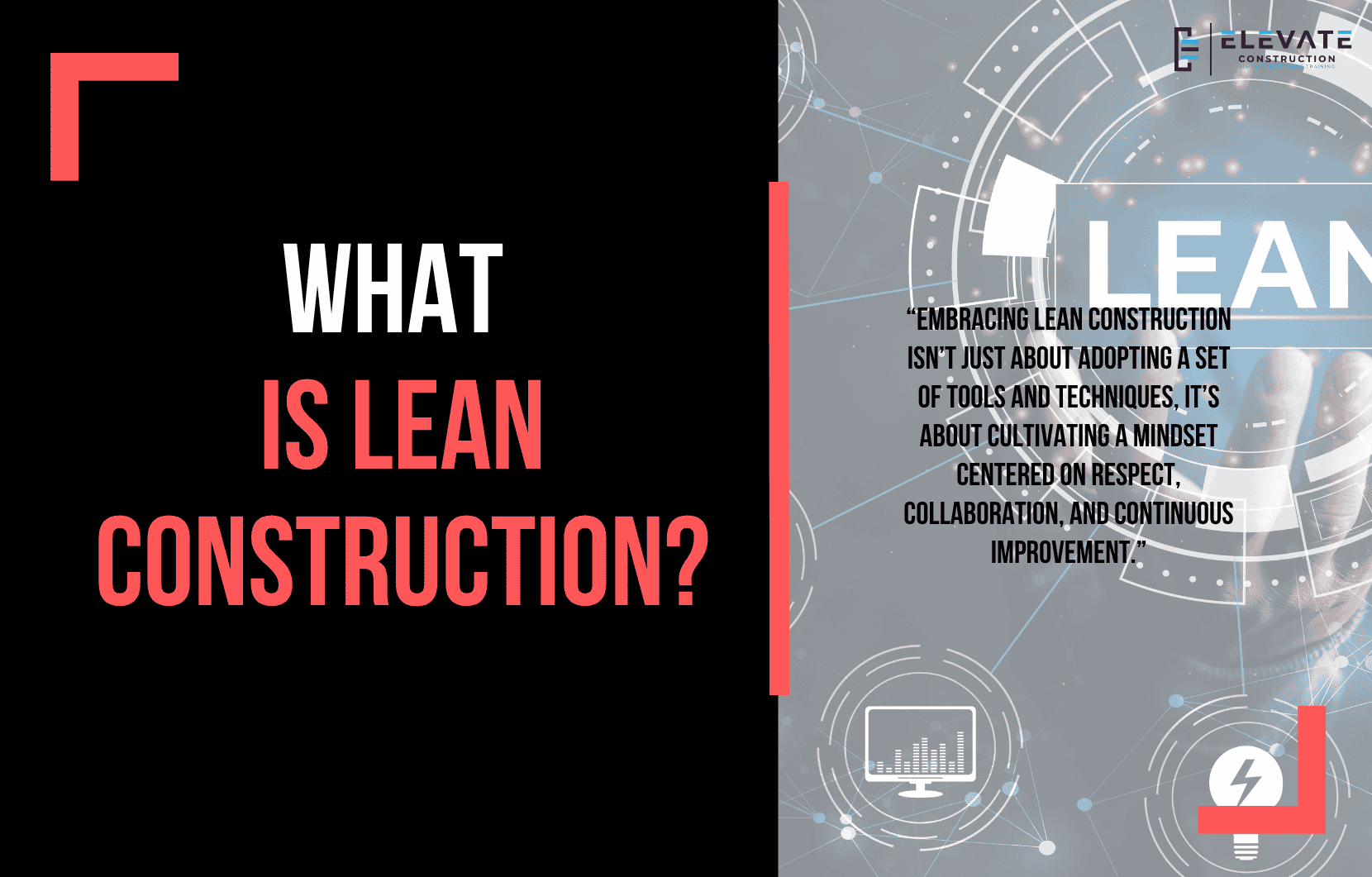Introduction
Welcome to our comprehensive guide on running a successful construction company. In this blog post, we’ll dive into key concepts and essential strategies that can help you navigate the challenges and opportunities in the construction industry. By the time you finish reading, you’ll be equipped with actionable insights to enhance your company’s performance and mitigate potential risks.
Summary
In this guide, we’ll cover the following essential aspects of running a construction company:
- Importance of Having the Right People in Key Seats: We’ll explore why having the right individuals in critical roles is paramount for the success and stability of your organization. Learn how to assess and ensure that your team members are aligned with your company’s vision and objectives.
- Importance of Having a Visionary & an Integrator: Discover the significance of having a visionary and an integrator in your leadership team. Understand their roles in driving innovation, implementing systems, and maintaining operational excellence.
- Importance of Having a Cohesive Leadership Team: Learn why a cohesive leadership team is essential for fostering clarity, alignment, and synergy within your organization. Explore strategies for building and nurturing a high-performing leadership team that drives results.
- How to Develop an Operational System for a Successful Construction Company: Gain insights into developing robust operational systems that streamline processes, enhance efficiency, and ensure consistency in project delivery. Learn why documenting, training, and holding your team accountable to these systems are critical for success.
- Common Reasons Why Construction Companies Fail: Explore common pitfalls and challenges that construction companies face, such as inadequate leadership, lack of clarity, and failure to hold people accountable. Discover strategies for addressing these challenges and steering your company towards long-term success.
- Important Reminder When Running a Business: Understand the importance of paying attention to all aspects of your business, including product development, operations, marketing, finance, and legal compliance. Learn why monitoring key metrics and numbers is essential for assessing the health and performance of your company.
- Learn More With These Resources: Access a curated list of recommended books and resources to deepen your understanding of business management, leadership, and operational excellence in the construction industry. Explore additional tools and insights to support your journey towards building a remarkable construction company.
By embracing these key concepts and implementing proven strategies, you can position your construction company for sustainable growth, resilience, and success in a dynamic and competitive market.
If you want to learn more we have:
-Takt Virtual Training: (Click here)
-Check out our Youtube channel for more info: (Click here)
-Listen to the Elevate Construction podcast: (Click here)
-Check out our training programs and certifications: (Click here)
-The Takt Book: (Click here)
Discover Jason’s Expertise:
Meet Jason Schroeder, the driving force behind Elevate Construction IST. As the company’s owner and principal consultant, he’s dedicated to taking construction to new heights. With a wealth of industry experience, he’s crafted the Field Engineer Boot Camp and Superintendent Boot Camp – intensive training programs engineered to cultivate top-tier leaders capable of steering their teams towards success. Jason’s vision? To expand his training initiatives across the nation, empowering construction firms to soar to unprecedented levels of excellence.
On we go!










